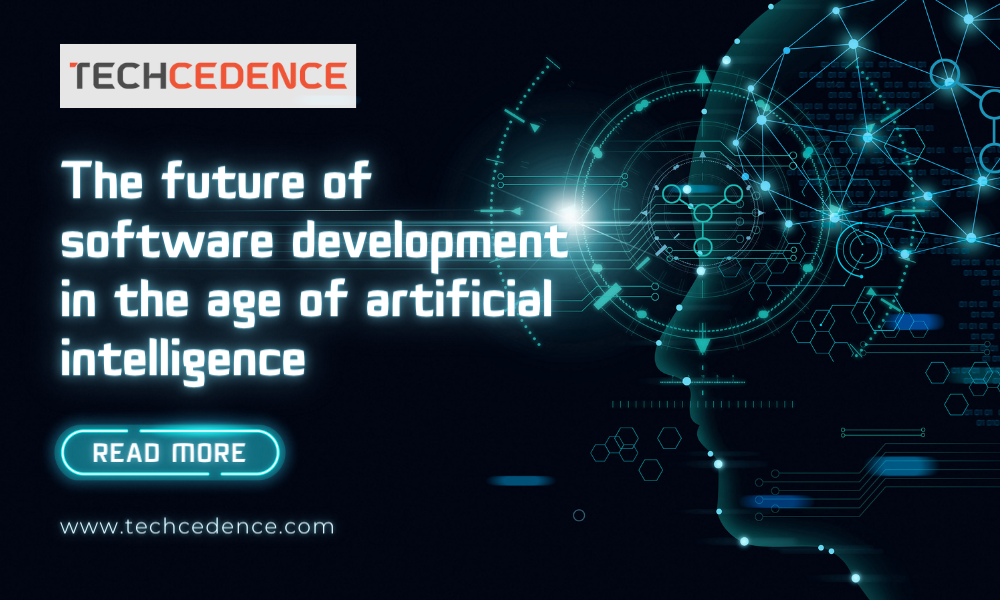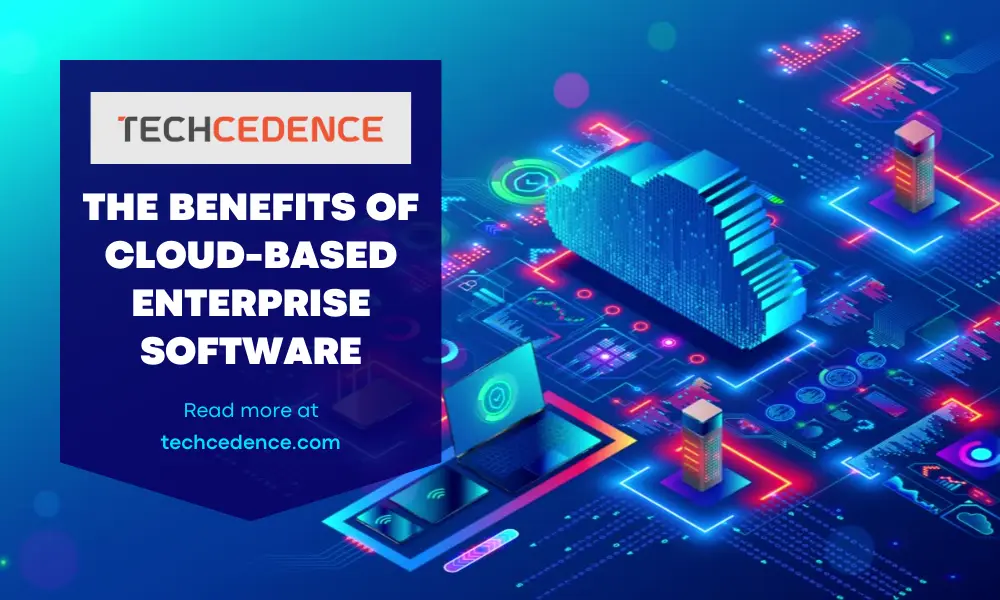The demand for app development platforms is increasing as it allows developers and entrepreneurs to assemble various elements and features into an app.
Selecting the best platform for app development will not be an easy task for you. That’s why, to make it easy, we have the best mobile app development platforms for cross platform app development here.
1. Alpha Anywhere
This is a complete front, back-end and a low-code application development platform that is widely used for the rapid development, distribution & deployment of mobile applications on both iOS and Android platforms. Its unique coding-optional technology that allows developers to achieve high productivity with the complete freedom.
Features
• Easy to connect with all SQL as well as no-SQL databases
• Flexible conflict resolution and a large data storage capacity
• Enterprise-class data protection and also a complete administrative control • Tightly integrated analytics and charting features
• Easily added drag-and-drop editor and scheduling of cross-platform apps
2. Flutter
This is the best UI toolkit helping to build native applications for the web, mobile, and desktop. It comes with a fully customized widgets that helps to create native mobile applications in a very short time. The layered architecture ensures fast rendering of components.
Features
• Built-in Cupertino (iOS-flavor) widgets
• Supports both iOS and Android platforms
• Can develop high-performance apps
• Rich motion APIs
3. Mendix
This is the fastest and easiest low-code app development platform, widely used by businesses to develop mobile & web apps for high performance. It accelerates the delivery of enterprise applications, from ideation to deployment and operations, making it easy to implement both Agile and DevOps with Mendix. It also offers no-code as well as low-code tooling in one single fully integrated platform.
Features
• The rapid building, deploying, and operating of enterprise-grade applications
• Can be used for low-code and no-code platforms
• Build on unrivaled cloud architecture
• Best functionalities and exceptional customer support
4. Xamarin
This platform supplies add-ins to Microsoft Visual Studio that allows developers to develop Android, iOS, as well as Windows Apps with C# codebase. It allows code sharing in multiple platforms, like cross-platform mobile app development. Being a cross-platform and open source app building platform, Xamarin offers a development ecosystem with back-end, API, and components. It is supported by various tools, libraries, and programming languages and has a cloud service, which allows testing on any number of devices.
Features
• Produce only fewer bugs and faster time • Best backend infrastructure
• Component store with UI controls, cross-platform libraries as well as third-party libraries
• Allows application Indexing and Deep Linking
5. Unity Ads
This is an important platform when it comes to integration of video ads into mobile games and increase player engagement. It is also known for offering the highest Average Revenue Per User of any global rewarded video advertisement network.
Features
• The setup is very simple and easy to implement
• Helps to engage more players
• Offers a positive player experience
• Doesn’t interrupt the gameplay while introducing rewarded gameplay
6. Ionic
This platform comes into picture when you want to build an interactive hybrid mobile or progressive web app along with cross-platform applications. The unique benefit of using this open-source framework is one can create applications and ship them to deployable locations every time it is build. If you want an easy visual development environment, you can install Ionic Studio, a powerful version of Ionic. This mobile app development software is widely known for developing hybrid mobile apps as it is an HTML 5 mobile app development framework.
Features
• Ionic is a free and open-source project
• Fast and powerful development platform
• Have complete control over app building
• Builds native and progressive web applications
• Easily handles all the UI components
• A developer can build apps for all app stores with a single code base
7. React Native
This is a widely used JavaScript library that creates native mobile apps for all devices and platforms and helps to develop rich apps to give the best user experience. This mobile app development software also allows developers to create platform-specific versions of various components for native apps with easy use single codebase across various platforms.
Features
• Low-code requirement
• Compatible with third-party plugins
• Declarative API for predictive UI
• Supports both iOS and Android
8. Sencha
This is an MVC-based JavaScript app development platform that offers a high level of responsiveness to the application for improving customer satisfaction. Sencha has merged with Ext JS for building data-intensive applications for both web and mobile. It is known for cross-platform mobile development as well.
Features
• Has the ability to manage millions of data
• Flexible layout system and data representation
• Codes can be translated with the help of the mobile app development tools
• Rationalized configuration system
• Best support with the animations and touch events
9. Adobe PhoneGap
This platform is widely known for its use in Android app development. The benefit of using this is that you can develop a single app works on all mobile devices. Also, it is an open-source desktop application that helps link the apps to mobile devices.
Features
• Compatible on all the platforms
• Works effectively on JavaScript, HTML5,and CSS3
• Easy to integrate various libraries in order to enhance app development
• Can extend the functionality of the applications with a plug-in architecture
• Strong backend and is easy to develop an app
10. NativeScript
NativeScript is one of the most preferred platforms by mobile app development companies to create native mobile applications. This helps reduce the code and the load time of native apps on the system. There are many leading companies who love using Native Scripts for their web empowerment platform.
Features
• Native user interface without WebViews
• Direct access to Android and iOS APIs
• Cross-platform mobile app
• Good backend support
• Hundreds of NativeScript plugins are available
• Provides three complete real-world app implementations
Now that you know almost all the information on the 10 best app development platforms, choose the right mobile app development company, so that you don’t miss its most valuable features and select the best one.









